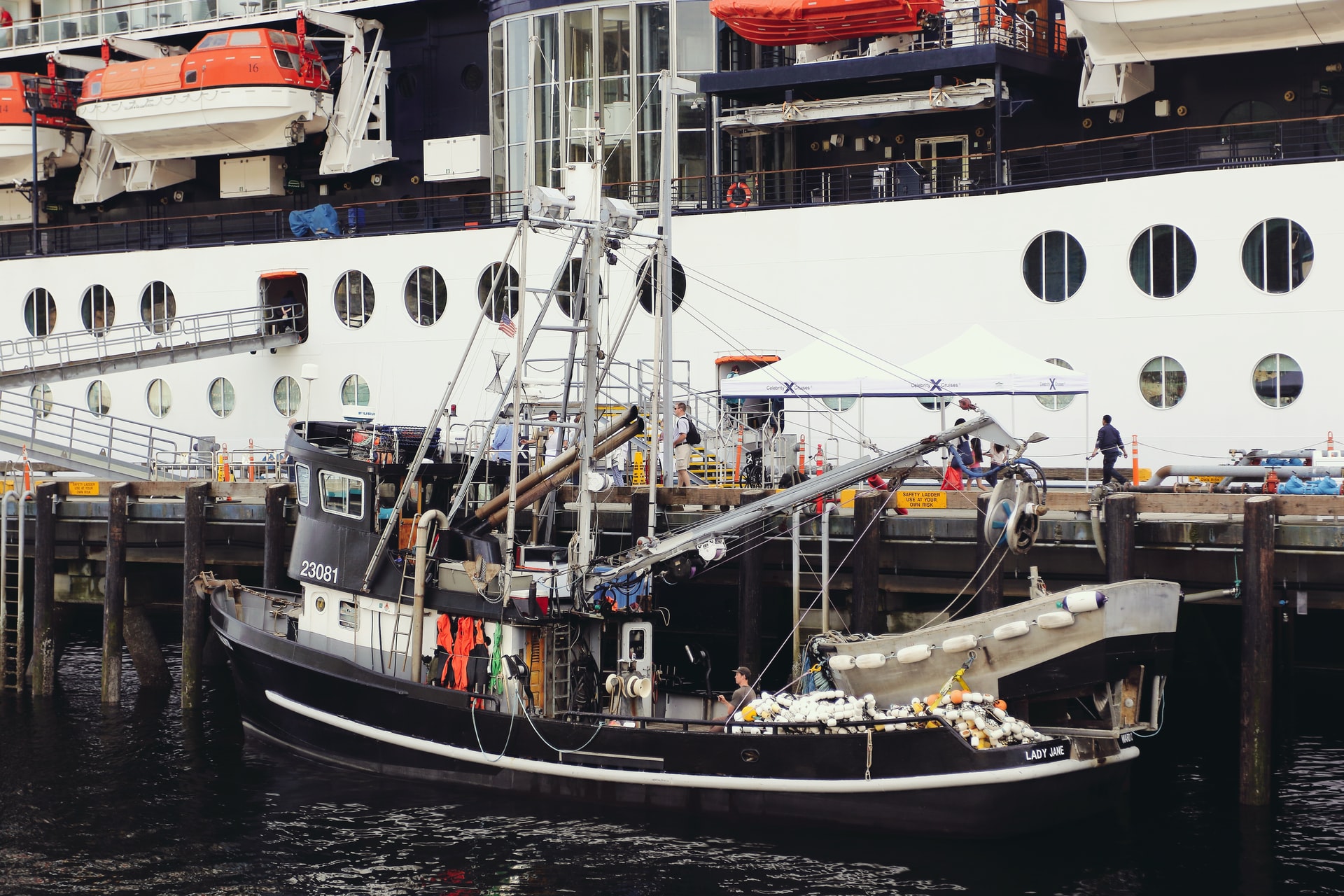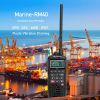Use of VHF as collision avoidance aid

There have been a significant number of collisions where subsequent investigation has found that at some stage before impact, one or both parties were using VHF radio in an attempt to avoid collision. The use of VHF radio in these circumstances is not always helpful and may even prove to be dangerous.
At night, in restricted visibility or when there are more than two vessels in the vicinity, the need for positive identification is essential but this can rarely be guaranteed. Uncertainties can arise over the identification of vessels and the interpretation of messages received. Even where positive identification has been achieved there is still the possibility of a misunderstanding due to language difficulties however fluent the parties concerned might be in the language being used. An imprecise or ambiguously expressed message could have serious consequences.
Valuable time can be wasted whilst mariners on vessels approaching each other try to make contact on VHF radio instead of complying with the Collision Regulations. There is the further danger that even if contact and identification is achieved and no difficulties over the language of communication or message content arise, a course of action might still be chosen that does not comply with the Collision Regulations. This may lead to the collision it was intended to prevent.
In a case published in 2002 one of two vessels, approaching each other in fog, used the VHF radio to call for a red to red (port to port) passing. The call was acknowledged by the other vessel but unfortunately, due to the command of English on the calling vessel, what the caller intended was a green to green (starboard to starboard) passing. The actions were not effectively monitored by either of the vessels and collision followed.
Again in a case published in 2006 one of two vessels, approaching one another to involve a close quarter’s situation, agreed to a starboard to starboard passing arrangement with a person on board another, unidentified ship, but not the approaching vessel. Furthermore, the passing agreement required one of the vessels to make an alteration of course, contrary to the requirements of the applicable Rule in the COLREGS. Had the vessel agreed to a passing arrangement requiring her to manoeuvre in compliance with the COLREGS, the ships would have passed clear, despite the misidentification of ships on the VHF radio. Unfortunately by the time both vessels realised that the ships had turned towards each other the distance between them had further reduced to the extent that the last minute avoiding action taken by both ships was unable to prevent a collision.
Although the practice of using VHF radio as a collision avoidance aid may be resorted to on occasion, for example in pilotage waters, the risks described in this note should be clearly understood and the Collision Regulations complied with.






